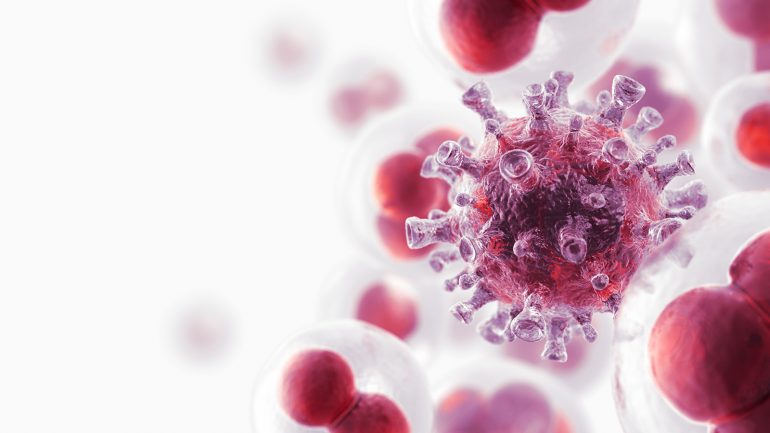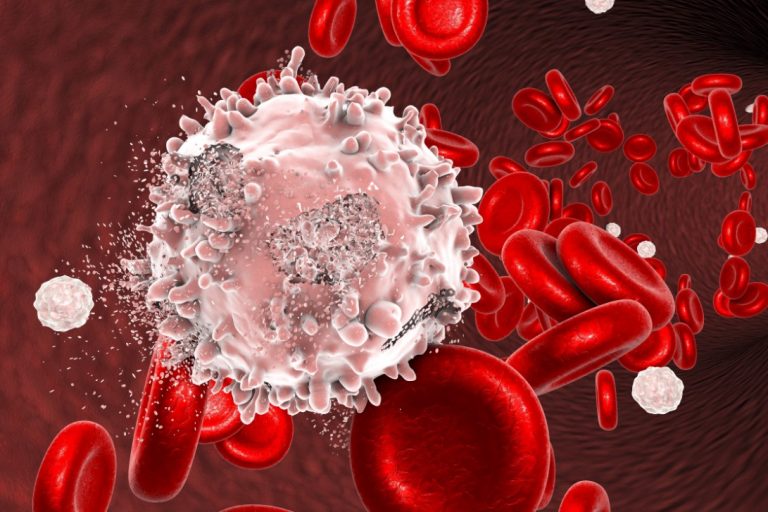Leukemia, a widely recognized form of blood cancer, comes in acute and chronic forms that present distinct challenges. Lymphoma, equally formidable, emerges in unique types that require a nuanced understanding for effective treatment.
Additionally, multiple myeloma targets plasma cells; a detail that underscores the diverse nature of blood disorders. Each type carries its symptoms, from unexplained bruising to fatigue and recurrent infections.
These signs can signal serious underlying conditions that necessitate timely medical intervention. Also, if you are looking for additional info on this topic, you can find more information here.
A proper diagnosis through testing is the crucial first step toward an appropriate treatment plan, highlighting the importance of awareness and education in managing blood cancer effectively.
Types of Blood Cancer

Blood cancer encompasses various malignancies that originate in the bone marrow and blood cells. One of the most prevalent forms of these cancers is leukemia, characterized by the rapid production of atypical white blood cells. Understanding the different types of leukemia is essential for recognizing symptoms and determining appropriate treatment options.
Leukemia
Leukemia affects the production and function of blood cells. This condition can lead to severe complications, as the body lacks adequate healthy cells to fight infections and carry oxygen.
Symptoms commonly associated with leukemia include fatigue, frequent infections, easy bruising, and unexplained weight loss. Early recognition of leukemia symptoms can significantly influence treatment success.
Types of Leukemia
Leukemia is categorized into several types, primarily divided into acute and chronic forms. Acute leukemia progresses rapidly and requires immediate medical intervention, while chronic leukemia tends to develop slowly over time.
- Acute Lymphoblastic Leukemia (ALL)
- Acute Myeloid Leukemia (AML)
- Chronic Lymphocytic Leukemia (CLL)
- Chronic Myeloid Leukemia (CML)
Symptoms and Diagnosis of Leukemia
Leukemia symptoms may vary depending on the specific type affecting the individual. Commonly reported symptoms include:
- Fatigue or weakness
- Frequent fevers or infections
- Unexplained weight loss
- Swelling of lymph nodes
- Easy bruising or bleeding
Diagnosis often involves blood tests and detailed examinations of bone marrow, allowing healthcare professionals to identify the exact type of leukemia present.
Treatment Options

Treatment varies depending on the specific type and the overall health of the patient. Common approaches include:
- Chemotherapy
- Targeted therapy
- Immunotherapy
- Stem cell transplants
Each treatment option is tailored to address the unique characteristics and progression of the leukemia type involved, ensuring that patients receive the most effective care in their battle against this challenging disease.
| Type of Leukemia | Characteristic | Common Age Group |
| Acute Lymphoblastic Leukemia (ALL) | Rapid progression | Children |
| Acute Myeloid Leukemia (AML) | Rapid progression | Adults |
| Chronic Lymphocytic Leukemia (CLL) | Slow progression | Older adults |
| Chronic Myeloid Leukemia (CML) | Progresses slowly | Adults |
Conclusion
Understanding blood cancer is imperative for recognizing the diverse spectrum of hematologic malignancies. An overview of blood cancer types reveals that conditions like leukemia, lymphoma, and myeloma each present unique characteristics and require tailored treatment approaches.
With the advancements in medical research, patients can benefit from improved therapies that significantly enhance their survival rates and quality of life.

